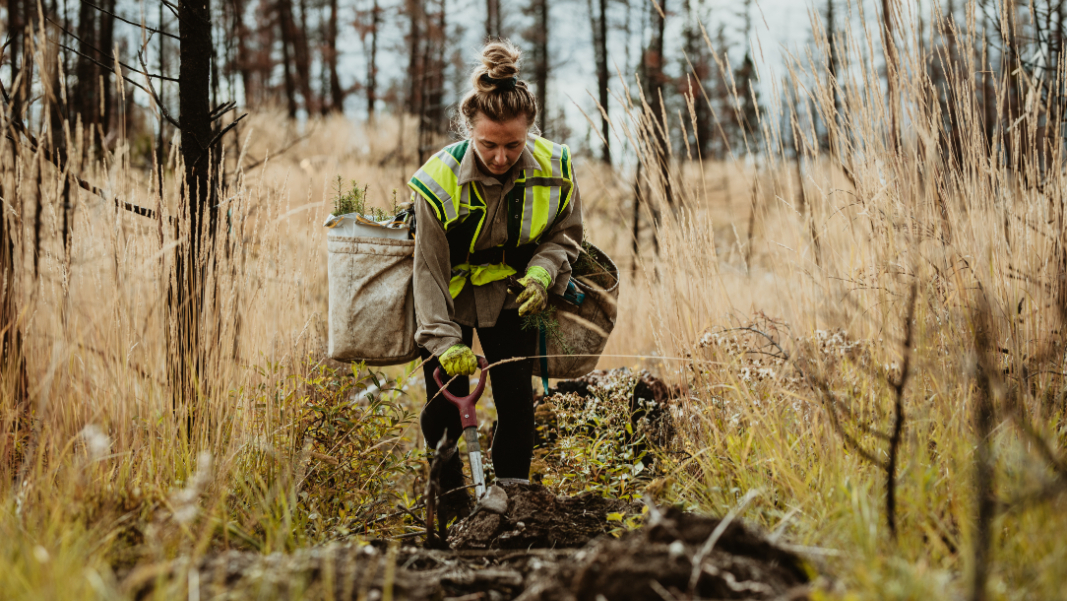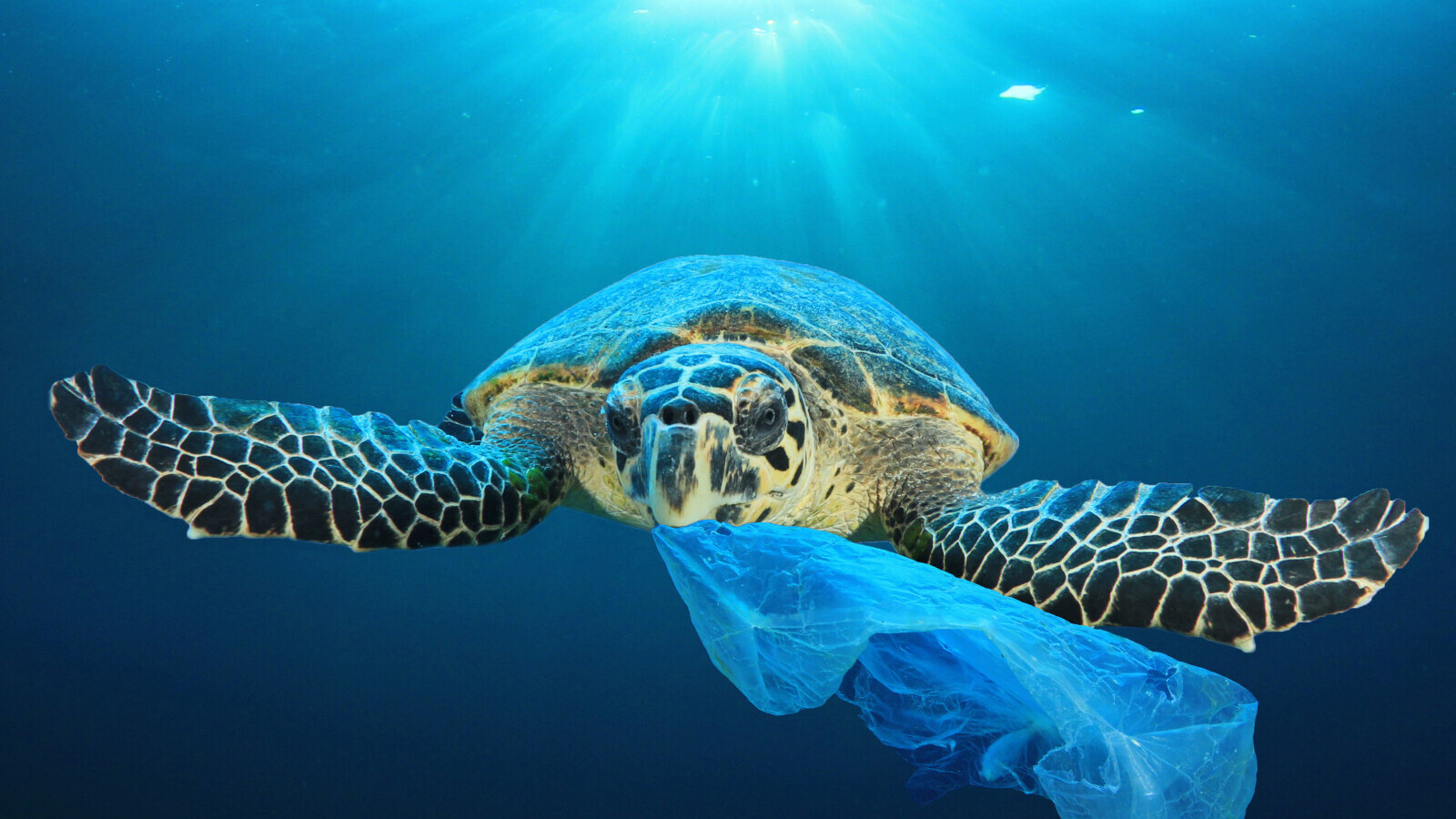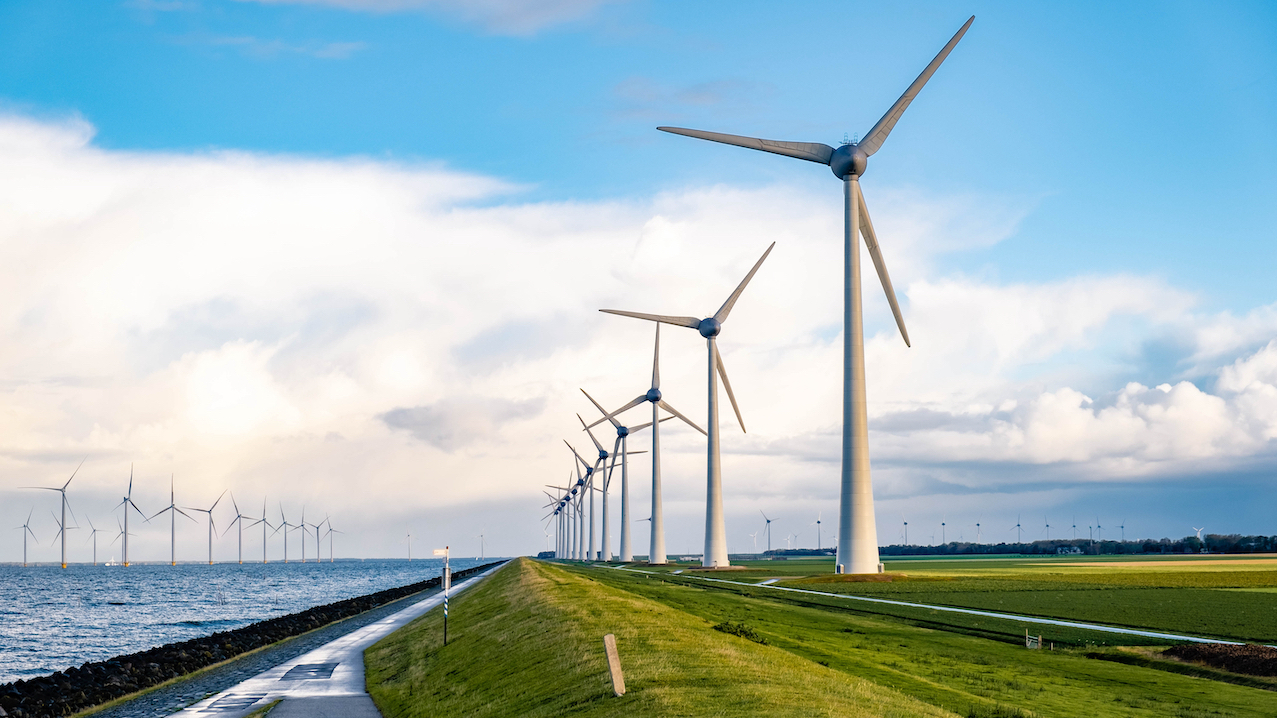The Green Finance Institute has been commissioned by the Bank of England to look into the nature-related dependency of Britain's financial service space.
Moreover, the GFI is asked to quantify nature-related financial and economic risks tied to nature.
Results are expected to be presented later this year.
According to a statement, the study is the first of its kind to look at the material impact of nature-related financial risks, including losses as a result of biodiversity changes and the degradation of ecosystems.
The Institute is supported in its quest by the UN Environment programme World Conservation Monitoring Centre, as well as the Universities of Oxford and Cambridge.





